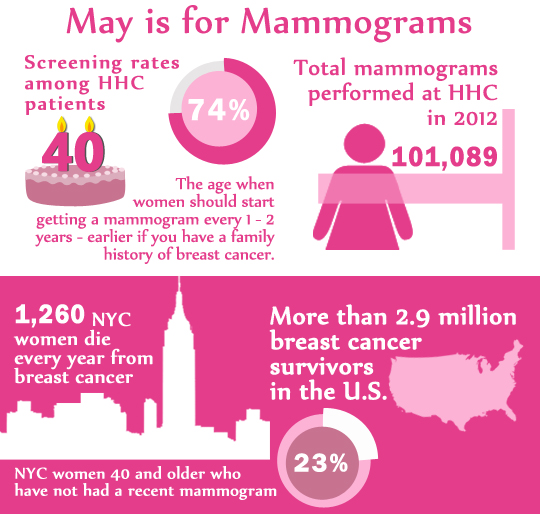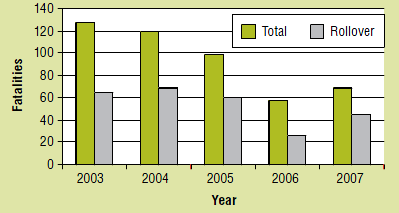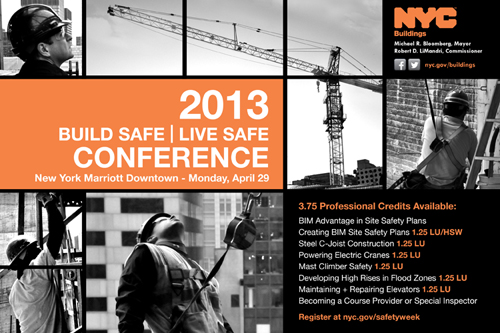 Our partner Ben Rubinowitz, assisted by Peter Saghir, obtained a verdict of $7,125,000 against the City of New York and its construction company, Burtis Construction Co., Inc. following a 17 day trial.
Our partner Ben Rubinowitz, assisted by Peter Saghir, obtained a verdict of $7,125,000 against the City of New York and its construction company, Burtis Construction Co., Inc. following a 17 day trial.
The plaintiff, a 41-year-old man and father of three young children, was returning home from work in the early morning hours of May 20, 2006. Six weeks earlier his wife had given birth to a baby girl via C section. His other two children included a four-year-old boy and a two-year-old boy. He worked as a film editor and was self employed. On the night of the accident the plaintiff left his midtown Manhattan workplace at around 3 o’clock in the morning. Unbeknownst to the plaintiff, the City of New York and its construction company (Burtis Construction Co., Inc.) were performing road repair work on the West Side Highway. They were involved in a short term construction project to repair expansion joints along the West Side Highway in the vicinity of 72nd to 79th Streets. As part of its contract with the City, the construction company was required to properly notify drivers that the roadway was being shut down from three lanes to one lane of travel. This closure of the roadway was supposed to be performed in conformance with the dictates of the Manual for Uniform Traffic Control Devices and with the Maintenance and Protection of Traffic Plan spelled out by the City of New York in the contract. Specifically, appropriate signs should have been placed along the highway south of the roadwork along with tapers and transitions of barrels fitted with lights to notify and warn drivers that the left two lanes were being shut down. When the plaintiff left his office to drive home he drove northbound on the Westside Highway. As he reached the area of 79th St. he was involved in a fender bender with another car. He got out to check to make sure that everyone was alright. He then returned to his car to put on his hazard lights on and to obtain his insurance information to exchange with the other driver. Shortly after getting his insurance information and while he was out of his car he was struck from behind by another driver, Abelardo Da-Silva.
Continue reading →
 New York Personal Injury Attorneys Blog
New York Personal Injury Attorneys Blog




 Our partner
Our partner  15-passengers vans have a high risk of rollover accidents and this risk increases as the number of occupants increases. Overloaded vans, inexperienced drivers, improperly inflated tires are the main cause of van accidents. Passenger van crashes have a very high rate of fatal injuries as 88% of passengers don’t buckle up.
15-passengers vans have a high risk of rollover accidents and this risk increases as the number of occupants increases. Overloaded vans, inexperienced drivers, improperly inflated tires are the main cause of van accidents. Passenger van crashes have a very high rate of fatal injuries as 88% of passengers don’t buckle up.
